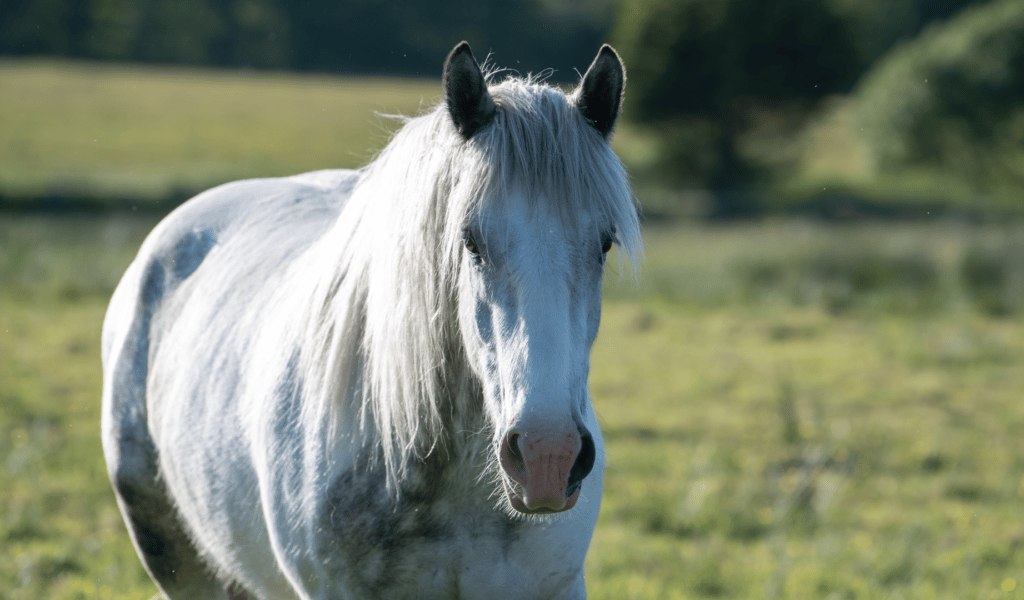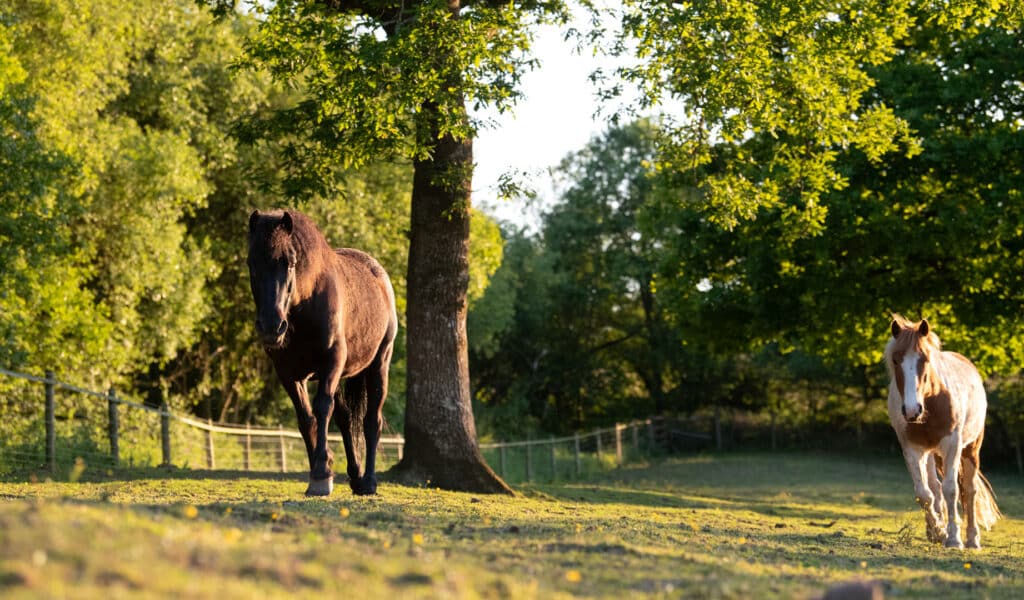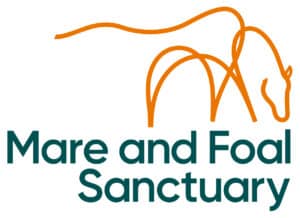Euthanasia
Euthanasia is not something as pet owners we want to talk about. Thinking about the day when we might have to say goodbye often fills us with dread. However, it is our responsibility to make sure our pets are well cared for. This includes making an end-of-life plan.
Our aim is to provide information and to support equine owners and carers when an end-of-life decision has to be made.
Having a plan in place that your vet is aware of can really help you during a difficult and traumatic time.
End of Life Care
When thinking about end-of-life care, it’s important to ask yourself a few questions about your horse or pony:
- What is your equine’s quality of life?
- Are their welfare needs being met?
- Are they comfortable in the field? Can they move freely without assistance? Are they comfortable in walk, trot and canter?
- What is their body condition like? Are they struggling to maintain weight?
- Can they get up and down without assistance?
- Do they seem bright, alert and responsive?
- Are they having more bad days than good?

Making arrangements
If the time has come to consider euthanasia, you will need to make a choice about which method you think will be kindest.
Injection
A lethal injection tends to be the most common choice of euthanasia in horses. Vets may insert a catheter first. This ensures the injection goes straight into the vein and the drug is administered correctly. Your vet will advise you on the method they use.
As the drug enters the blood flow, the horse will begin to lose consciousness. Some vets may give a sedation prior to the injection, to help prevent the horse from getting distressed when the main drug starts to take effect. The horse will then begin to collapse, and your vet may help guide the horse backwards and down onto one side. For your safety, you may be asked to step back from the horse at this point as the fall can be unpredictable. The injection will then cause the horses to have a cardiac arrest. The drug causes the horse to be heavily anesthetised before its heart stops, and so it is completely unaware of this.
Your vet will remain with the horse and listen to its heart to ensure the procedure is complete. It is important to be aware that the horse may experience some muscle tremors, twitching or noises. This is not unusual and may occur for a short time even after death and is not an indication that the injection has not worked correctly.
Free Bullet
Some people may choose to have their horse shot rather than use lethal injection. This should only be done by a trained and qualified person who holds the correct licence to use a firearm. Some vets may have this licence, but not all do. You may need to be make separate arrangements.
Some people prefer this option as it can alter what you may do with the carcass after death. It is generally a quicker procedure but does involve the sight of blood, which some owners may find distressing.
The gun is placed against the horse’s head, and death is caused by a bullet entering the brain. Death is instant and the horse is completely unaware of the noise of the gun. Again, it is not unusual for muscle twitches to occur after death. Blood may discharge from the site of the bullet and from the horse’s nose. The amount of blood varies from horse to horse.

Cost and insurance
Something to consider when choosing the method of euthanasia is the cost. If your horse is insured, this may not be something you need to take into consideration. Most insurance companies will cover either method. However, it is always worth checking with your insurance company beforehand if possible. Some companies will only cover part of the cost even if you are covered for euthanasia.
If your horse dies of natural causes insurance companies may ask for a post-mortem examination before covering any costs. It is important that you notify them as soon as you can before disposing of their remains.
The injection is generally the more expensive option as you have the cost of your vet attending, the euthanasia procedure and the drugs used. Disposal of their remains will be charged separately and the cost of this will vary depending on which service you choose.
Arrangements for the body
There are a few different options when it comes to disposing of a horse’s remains. It is important to consider which option you want to use as this can have an effect on which method of euthanasia you choose.
Cremation
Having your horse cremated does not affect the method of euthanasia. Your vet should be able to assist you in arranging cremation. It is becoming one of the more popular methods of disposal but can also be the most expensive. There are a few factors that can cause the cost of this to vary. These include:
- the size of the horse
- whether or not you want the return of the ashes – communal cremation is cheaper, but individual cremation will allow you to have the ashes back
- whether it’s an emergency – individual cremation requires prior notice and may not be possible in an emergency
Burial
Some people may prefer to bury the carcass on their own land. You will need to check with your local authority if this is possible.
If you want to bury your horse this may affect which method of euthanasia you choose. There are rules and regulations about burying a horse if it has been put to sleep via injection. Some areas may not allow this and so you will need to check with your local authority. Location should be considered and distance from things such as water sources can also have an effect.
Donation of the body for animal consumption
Some people may wish for the body to go for animal consumption such as at a local zoo. What drugs the horse has had prior to euthanasia can have a big impact on this. If a lethal injection has been used as the method of euthanasia, then this may not be an option for disposal.
To help things go smoothly, make sure you have thought about the following:
- Have you thought about the location of where you will have the horse put to sleep? You need to consider both the equine’s welfare beforehand and ease of collection afterwards.
- Do you have arrangements in place for removing the body, including timings and access?
- How do you want to dispose of the remains?
- Do you want to be present for the euthanasia?
- Which method of euthanasia would you prefer?
- Have you contacted your insurers and considered costs?
Downloadable Information
You might like to look at our end-of-life care planner to help you make arrangements that you can share with your vet.
Download a printable copy of this page to keep or share.
Downloadable Version End of Life Care PlannerOur Work at The Mare and Foal Sanctuary
Advice and Resources
Lifelong Sanctuary
Rehoming



